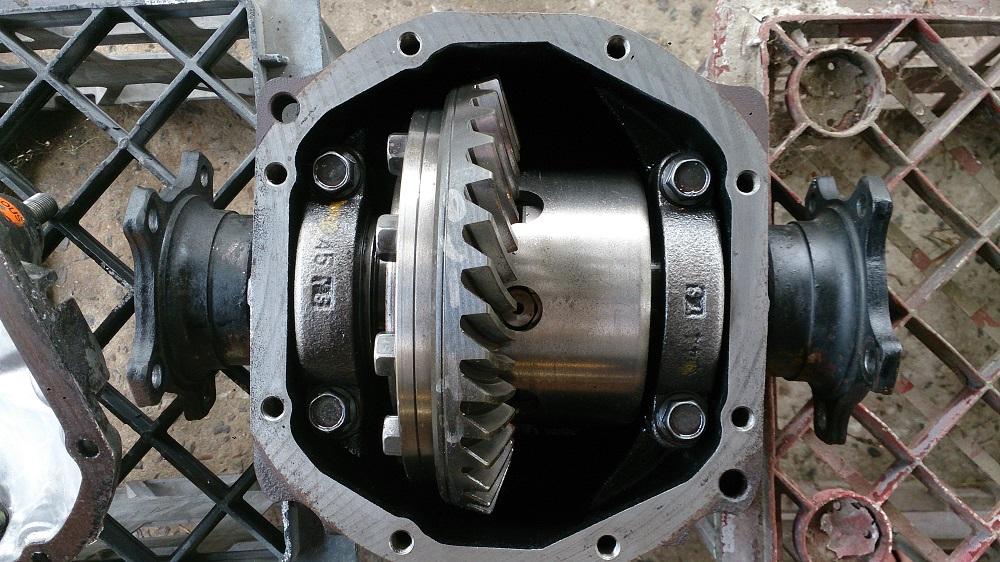A limited-slip differential, or LSD, is the component that helps the engine to transfer its power to the road. Being a part of the drive system, it boosts the handling and performance of a car by facilitating the engine unit to transform its power into road performance more efficiently. To understand what is a limited slip differential, it’s necessary to have a discussion on its functions, benefits, and the problems it faces.
What does a Limited Slip Differential do?
To understand what is a limited slip differential, it’s important to have a clear idea about its working mechanism.
Without delving into mechanical terms, the simplest way to describe an LSD is that it’s a device to control the spinning of wheels when they lose grip on the surface upon acceleration.

How does it do that? It restrains the wheelspin—through a mechanical or electrical system, or a combination of both—by circulating the engine power to the wheels with the most grip so the vehicle does not lose control while turning a corner or on a slippery surface.
Compared to a conventional open differential, an LSD allows the driver to exercise more control over the engine’s power delivery. The first one makes the wheels rotate at various speeds around corners by applying gears. But it does not have much control over the wheels when you are driving at high speeds.
When engine power gets transferred to the wheels, it transmits to the tires having the least amount of grip because they have the least resistance. As a result, even if your car generates plenty of engine power, it won’t get translated into performance. The imbalanced shifting of power causes the unloaded tire to spin away while the rest continues to grip.
SEE MORE
An LSD corrects this imbalanced power shifting and helps with converting the engine power into performance. It sends the engine’s torque to the wheels that have the most amount of grip. It prevents the unloaded tire from spinning away and increases grip and cornering performance during acceleration.
Limited Slip Differential Benefits and Problems
So, a brief discussion on what is a limited slip differential and how it works may have given you an idea about the benefits of this component. It improves a vehicle’s performance and handling. All performance cars can actually display such powerful performance on the road for the LSD.

And you can consider it as a major safety feature. By limiting wheelspin, it prevents a vehicle from losing control when turning around a corner at high speeds. It also boosts the traction of 4-wheel-drive cars, improving their off-road performance.
However, there are some limited slip differential problems too. It cannot transmit 100% of power to one wheel. When there is a wheel with traction, it has to send some power (in a small amount) to the one that has no grip. Besides, not every car model has the same kind of LSD. So, its output can vary depending on the make and model.



